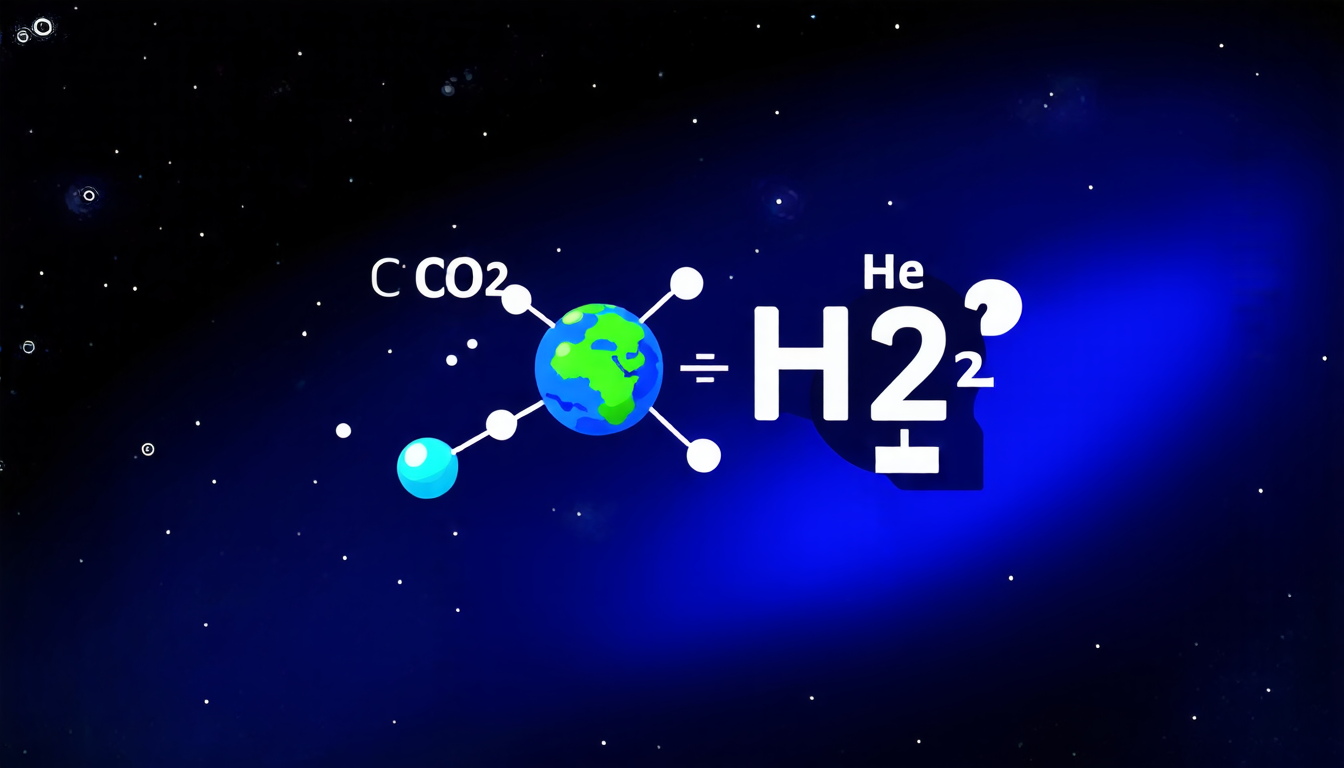Thursday 20 November 2025
Scientists have long sought to understand the intricacies of molecular interactions, a fundamental aspect of chemistry and physics. A team of researchers has made significant strides in this pursuit by developing comprehensive ab initio calculations of CO2-H2 and CO2-He collisional properties.
The research builds upon previous studies, which relied on simplifying assumptions and limited data sets. The new approach uses a combination of computational methods to generate highly accurate potential energy surfaces for the interactions between carbon dioxide (CO2) molecules and hydrogen (H2) or helium (He) atoms. This allows scientists to derive detailed information about the collisional properties of these systems, including elastic and inelastic scattering cross sections, rate coefficients, and pressure broadening parameters.
The calculations are based on the close-coupling method, a widely used technique for solving the Schrödinger equation that describes molecular collisions. The team employed the Yumi framework to perform the dynamics simulations, which involves solving the time-dependent Schrödinger equation using an iterative approach.
One of the key advantages of this study is its ability to provide accurate and comprehensive data sets for a wide range of temperatures and rotational states. This is particularly important for understanding the behavior of molecules in complex environments, such as planetary atmospheres or interstellar media.
The researchers have also developed novel methods for extrapolating their results to higher energies and temperatures, allowing them to bridge the gap between laboratory experiments and astrophysical applications. These techniques involve using Padé fits to describe the dependence of the collisional properties on the rotational quantum number, enabling scientists to accurately predict the behavior of molecules in extreme environments.
The significance of this research extends beyond its immediate applications in chemistry and physics. The development of more accurate and comprehensive models for molecular interactions has far-reaching implications for fields such as astrobiology, planetary science, and climate modeling.
For example, a better understanding of CO2-H2 and CO2-He collisional properties can help scientists to improve their models of atmospheric circulation and composition on exoplanets. This, in turn, can inform our search for life beyond Earth and provide insights into the potential habitability of other worlds.
Similarly, the new data sets generated by this study can be used to refine our understanding of molecular interactions in interstellar space, where they play a critical role in shaping the structure and composition of nebulae and star-forming regions.
Cite this article: “Unlocking Molecular Interactions: A New Era for Chemistry and Physics”, The Science Archive, 2025.
Chemistry, Physics, Molecular Interactions, Co2-H2, Co2-He, Collisional Properties, Ab Initio Calculations, Computational Methods, Astrobiology, Planetary Science, Climate Modeling







